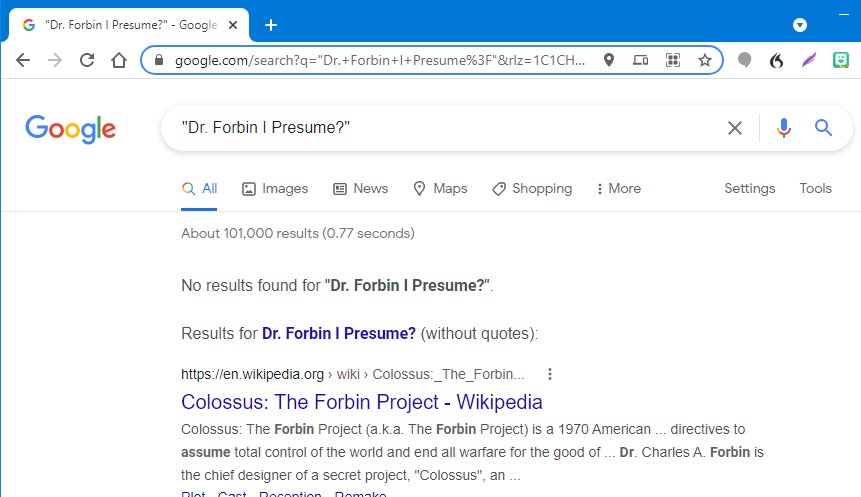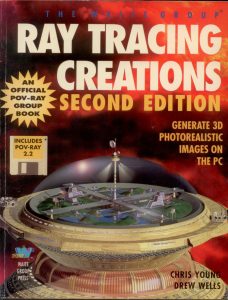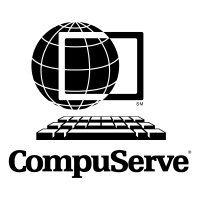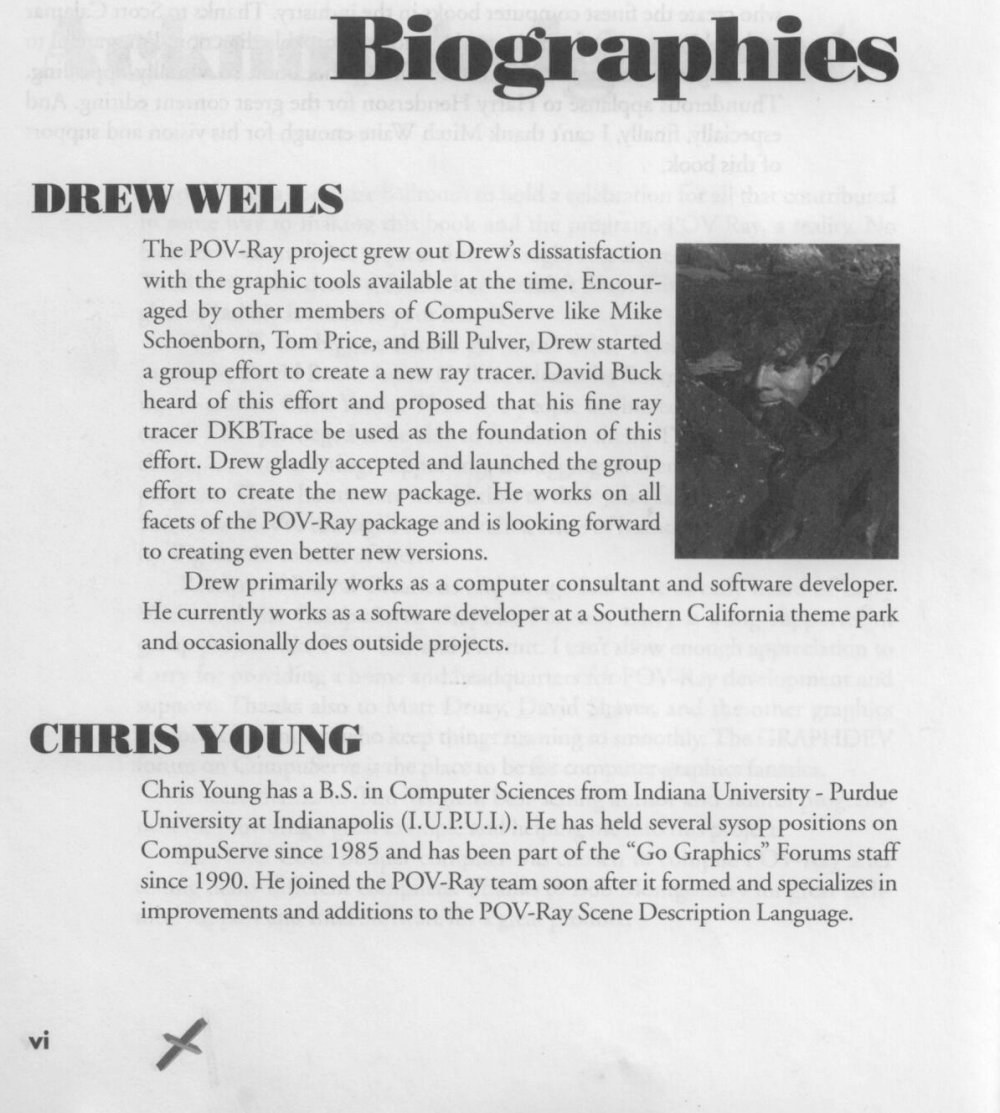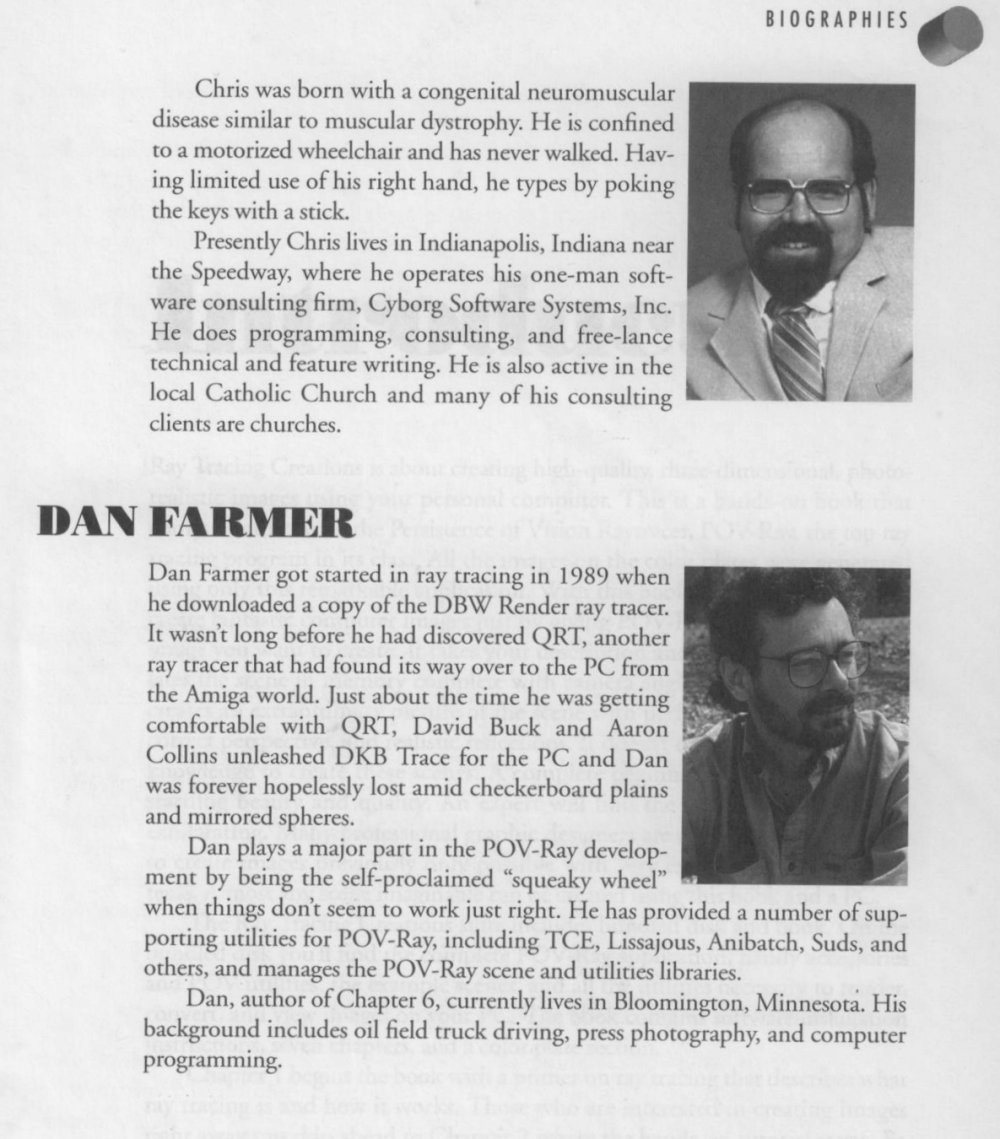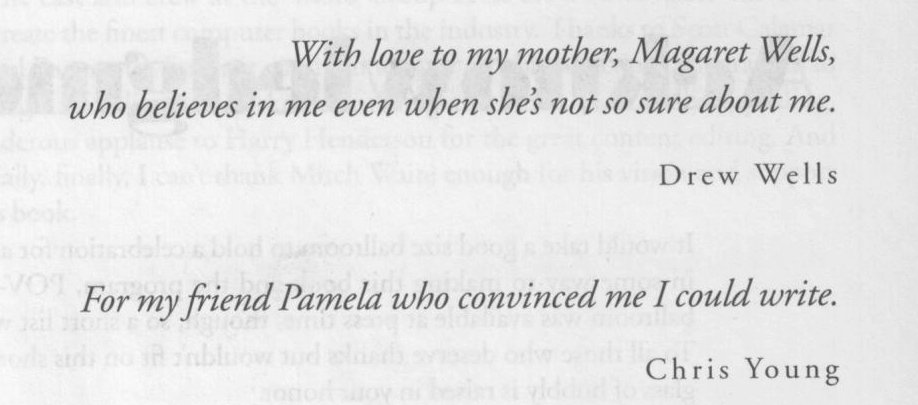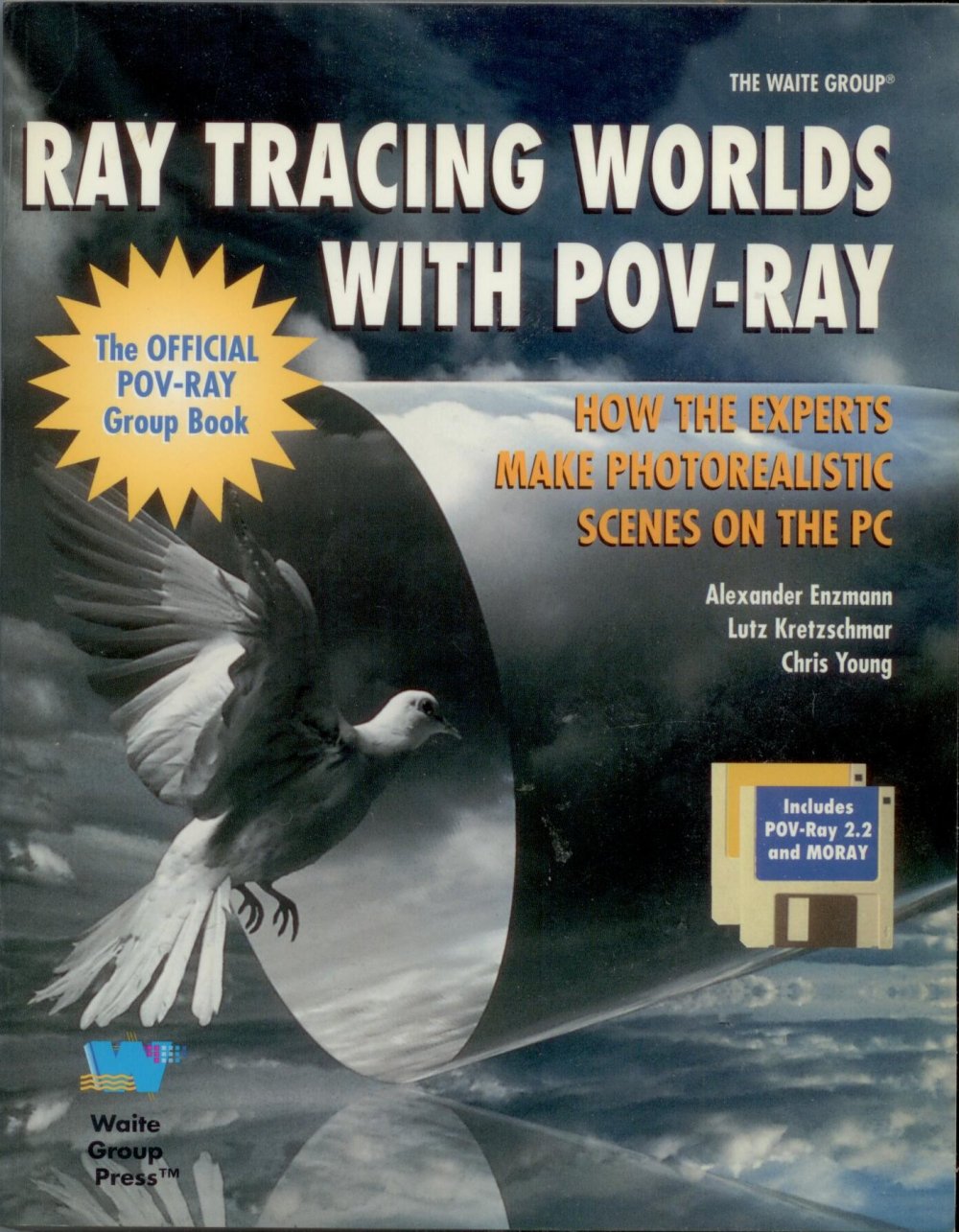This is the sixth in a continuing series of posts about my experience (limited as it is) as an author. Click here for a complete index of all the stories in this series.
We now come to what was my last print publication to date… Another article in Indianapolis Monthly Magazine published in the May 1994 issue. It was about my first experience attending the Indianapolis 500. I have been going to the track on practice and qualifying days since I was six years old. However, because there weren’t very many good seating options for someone in a wheelchair, I didn’t attend the race until 1993. That year, they built a new wheelchair platform in front of the grandstand from the start of turn three until the beginning of turn four. We managed to get tickets and see the race for the first time. After that, I attended the 500 and the Brickyard 400 until about 2004. I don’t exactly remember the dates but a 2003 incident I will describe in a moment contributed to my decision to quit going. One of the problems was that the Brickyard race was in late July or early August. For two years in a row, the temperatures were forecast to be 90° or above and I knew I couldn’t stand that so we gave away our tickets. After that, we didn’t renew.
On October 22, 2003, there was a fatal accident involving driver Tony Renna during a tire test day when no one was in the grandstand. There was no video of the crash because it was during a private test. Photos of the aftermath showed that the car got into the fence and knocked down one of the steel poles. The steel pole crashed into the wheelchair platform about 50 yards east of where I normally sit. Had that accident occurred on race day, fans would have been seriously injured or killed. I didn’t really feel safe sitting there anymore. At the 2010 race which I did not attend, there was another crash in that area and after looking at the video it seemed clear to me that one of the tires of the car had penetrated the fence. I wrote a Facebook message to local reporters who were bragging about how the fence held up and I told him to take a second look at their own video. I’m certain I could see one of the tires bouncing around underneath the grandstand and disappearing behind the wall. The reporter wrote me back and said there was no penetration of the fence but he was wrong. This YouTube video is a little blurry and doesn’t show it as well as the original.
Also, the hassle of getting in and out of the track got worse. My disability was getting worse as well. I like to listen to the pit crews on my scanner radio but in order to be able to work it properly, I needed to push buttons using a wooden stick that I held in my mouth. It was difficult to keep my head up straight in order to do that. The wheelchair platform was a bit wobbly and every time someone would walk by I would often have my head fall over. If I put my head back against the headrest, I couldn’t operate the radio and it was difficult to turn my head. If I had to sit in one position for the entire race, couldn’t operate my radio, and didn’t feel safe, it just wasn’t worth it anymore so we quit going. I still went to practice a few days but we sat in the wheelchair section and I quit touring the garage area.
For purposes of this blog, I really don’t have any interesting stories to tell about how it was written or published. I went to the race. It was an amazing unforgettable experience. I wrote about it. Indianapolis Monthly agreed to publish it in the May 1994 issue. There is a photo of me sitting at the track in a heavy coat. We went over there probably in February or March with a magazine photographer to take that photo.
The more interesting story is rereading it now many years later. Shortly after I got my first webpage which was probably in the late 1990s I’m not sure, I posted the uncut version of the story. I had titled it “A Race Fan’s First 500” but the magazine retitled it “Being There”. I didn’t particularly like the change. Along with that uncut version online I included about eight or nine photos we had taken that day. I don’t know where the originals of those photos are. The online versions had been cropped and resized rather small because in those days a high-resolution screen was only 800×600 and the Internet was running at dial-up speeds that were at best 56K. My current Internet downloads at 200 Mb/s.
While digging through some memorabilia recently I found the original magazine and decided to put up a version that was “as published” rather than my director’s cut. I was shocked at the differences. My director’s cut was terrible. While there were some details that got cut that wish had stayed in, some of it rambled a bit incoherently at times. I’m hoping that what I had put up as “the original longer version” was actually an early draft. Some of the changes in the published version sounded like something I would write. So either editor Deborah Paul was good at fixing my mistakes in my style or this online version that I had up for a long time was actually an early draft. At least I hope so.
One of the things that surprised me upon rereading the story was how vividly I described things such as the smell of the place. In my writing, I’m not really big on describing the ambiance of a place. I’m much more comfortable with straightforward exposition. I often wonder how some authors can spend pages talking about how the sunlight glinted off the morning dew. That’s typically not my style. But when it came to the visceral experience of watching Indy cars go by at 200 mph and you are only 10 feet away from the fence, I did a pretty good job.
One thing that surprised me about the article was it said that at that race it was the first time I had seen a car hit the wall in person. I wondered if that was some sort of poetic license or exaggeration. The online version shows a photo of me at the track at age 6 and I told the story of how I made fun of the fact that a driver named Norm Hall had hit the wall. I thought it was funny that it rhymed. But I was sitting in the main straightaway and didn’t see it. I went to the track on practice and qualifying days many times throughout my childhood but we always sat in front of the pits. Through my high school and college days, I spent a lot of time at the track. But some of it was on the main stretch and some of it in the infamous Snake Pit infield area. In college, I spent lots of time touring the Gasoline Alley garage area with my video camera. I didn’t really start spending time in the wheelchair section in the South chute until the time this article was written. Sitting in that area for practice and qualifying as well as attending the race for several years I saw plenty of crashes. I mentioned in the article that the year before I had been there when a driver was killed. I heard the crash but did not actually see it. So it may have been true that that crash was my first in-person witnessing of wall contact.
I thought that while I’m at it, I would tell a couple of stories that were not in the article. I mentioned I had been at the track several years ago when driver Gordon Smiley was killed in a qualifying accident. My mom, her friend Georgianna, and Georgianna’s daughter Teresa who was severely disabled with cerebral palsy were sitting outside the third turn watching qualifying. We had seen several attempts to break 200 mph. I saw Smiley go by on a warm-up lap and I looked away at something else because he really wasn’t expected to be up to full speed at that point. I heard the crash and looked up and saw a cloud of debris sliding down the track out of sight. Later at home, we saw a reply on TV and the car had indeed completely disintegrated and his helmet could be seen rolling down the track. Many fans speculated at the time that he had been decapitated in his head was still in the helmet. I never heard any official word about that until I looked up the incident in the Wikipedia article linked below. It quotes the Speedway medical director saying that the helmet had come off along with the top of his skull. His brains were smeared across the track. There is a YouTube video link at the bottom that shows the crash. You can’t see anything identifiable of his body but you can tell how badly the car disintegrated.
Gordon Smiley was not a likable or popular person. He gave bad interviews and did not socialize with the other drivers. It was kind of sad to see the other drivers try to say something nice about him. The best they could say about him was “well… He wasn’t a very friendly guy and didn’t hang out with the other drivers but we are really sorry he died.
There was one other minor memorable event that day and this is as good a time to tell the story as any. I mentioned Mom’s friend Georgianna. They had worked together on various disability advocacy projects and worked in the volunteer agency that my Mom helped found known as the Council Of Volunteers and Organizations for the Handicapped (COVOH). Her daughter Teresa has very severe cerebral palsy. I think she was about 12 years old and it was so severe that she could not communicate at all. When she was uncomfortable, all she could do was moan or grunt. Georgianna repeatedly tried to reposition her in her wheelchair and guess what was bothering her to no avail. At one point she spread a blanket on the ground, took Teresa out of her wheelchair, and laid her on the blanket. The girl finally calmed down. Georgianna very matter-of-fact said, “Teresa isn’t dealing with her handicap very well today.” It was all that mom or I can do to not burst out laughing. It was one of the greatest understatements I’d ever heard. We weren’t laughing at the poor girl. It was just the way Georgianna had stated it. It was sort of a spoof on the idea that the goal of a person with a disability is to be well adjusted. Teresa was exhibiting the epitome of the opposite of that. In the years following, anytime I was having a bad day, I would say, “Chris isn’t dealing with his handicap very well today.” As my mother got older and had multiple medical problems including lung cancer she often used the phrase as well about herself whenever she was having a bad day.
Going back to stories specifically about the Speedway, the Gordon Smiley incident wasn’t the only time that we had encountered death at the Speedway. My mom had been there in 1964 when popular driver Eddie Sachs and rookie driver Dave MacDonald were killed in a fiery seven-car accident on the second lap. My mom was sitting on the main straight away but she could see the fireball and black smoke. There is a YouTube link at the bottom of the page that shows the crash. One of the views is from the main straight away and that we give you an idea of what my mother saw. She said it was sickening because they knew surely someone had been killed. I was at home in the backyard listening to the race on the radio. My next-door neighbor Mike Tillery had climbed up on the roof of a storage shed in his backyard to try to see the release of thousands of balloons at the beginning of the race. The fourth turn where the incident occurred is the closest corner to my house. Mike said, “Somebody crashed!” He could see the black smoke rising into the air and soon it rose high enough that I could see it as well on the ground. While researching this incident I read the Wikipedia article about Eddie Sachs and it explained in detail that the car that MacDonald was driving was an experimental design and many people had suggested he not race it because it was too dangerous. See the link at the bottom of the page. Although she did occasionally return to the track in subsequent years, she never attended the race again until we all went together in 1993.
Mom said that one of the eerie aspects of the incident was when track announcer Tom Carnegie came on the PA system to announce the deaths. He would begin with a solemn voice saying, “Ladies and gentlemen may I have your attention please.” After a brief pause, he announced the deaths. Everyone knew immediately what he was going to say because everyone was wondering if the drivers had survived and you could tell by the seriousness of his voice that he was about to announce that they did not. Neither Carnegie nor his successor Dave Calabro ever asked for your attention in that way unless they are about to announce a death. Mom said that on that day the entire Speedway became completely quiet except you could hear people had transistor radios that they were listening to the race. On the radio, they had not yet made the announcement. While we didn’t hear any radios on the day that Smiley died, it was a very eerie quiet when the announcement was made.
There was one other death at the Speedway and again, I heard it but did not see it. On May 17, 1996, Mom and I had parked in the Museum parking lot between the first and second turns on a practice day. Just as we were getting out of my van and heading towards the handicapped seating area, we heard tires screech and a crash. We later learned that it was a crash involving popular driver Scott Brayton. I listened on my scanner radio the rest of the day to hear how he was. At one point, I heard officials talking saying, “When are they going to make the announcement?” At that point, I knew he was dead. A few minutes later Dave Calabro came on the PA with the worst words in motorsports “Ladies and gentlemen may I have your attention please.”
In contrast to Gordon Smiley, drivers were quite shaken at the loss of Brayton. He was an extremely outgoing and likable person much like Eddie Sachs had been in his day. To give you an idea of the kind of man that he was, for several years they gave out an annual “Scott Brayton Award” given to a driver who “best exemplifies the attitude, spirit and competitive drive of Brayton.” I always thought of it as racing’s version of the Walter Payton award given by the NFL. According to Wikipedia, they have not given the award since 2009. I’m not sure why.
The story I recounted in the article was about the great seats that we had to watch the race but there was one other time in 2005 when I had the opportunity to see the track from the viewpoint I had never seen before. My friends from church Bill and Lydia Ritter invited me to come with them to the track for a reception in one of the suites on the main straight. Bill Ritter was the basketball coach at Northwest high school when I attended there. Because of his volunteer work which included a missionary trip to Africa and the fact that he was an all-around wonderful person, he had been inducted into the Indiana Basketball Hall of Fame. Each year that group that invited to the track I practice day and he invited me and my parents to join him. We got to watch practice from the air-conditioned comfort of the suites and I also was able to take the elevator to the roof of the suites to get the spectacular view of the main stretch and the first turn. Except for the day when my dad carried me up about 10 rows when I was six years old, I had never seen the track from an elevated position. Here are a couple of photos from that great day thanks to my late friends Bill and Lydia.

The first time I had ever seen the Speedway from an elevated position in person. Thanks to my friends Bill and Lydia Ritter who invited me to an event on the main straight suites, I was able to ride an elevator to the roof of the suites where I could get this wonderful view.

Another view from the roof of the suites this time working back towards the entrance of the first turn.
For the most part, my memories of my years at the Speedway are fond memories. I remember the year that my cousin Johnny and I hung out in the snake pit on a rainy qualifying day. Some drunk guy climbed over the fence and ran down the track and naked. I remember the countless hours of girl watching at the track. I remembered the day I was on my way out of the track to meet my mom who is going to pick me up outside the tunnel at gate seven and the tire came off the rim of my wheelchair. I tried to limp onward on the rim but the tire got tangled up and disengaged the clutch on the motor and I was stranded. I was rescued by a stranger who was a journalist who covered the Speedway. I later found out that my rescuer was the father of Kathy Breen a friend of mine from church. I remember the thrill and excitement of every race I attended. I was there when they broke the 200 mile-per-hour barrier. I was there in 1996 when Arie Luyendyk set a track record of 237.498 mph. It is a record that will likely never be broken because after that they changed the formula for the cars to slow them down. I was there in 1994 when Jeff Gordon won the first Brickyard 400.
This year when Hélio Castroneves won his record-tying fourth Indy 500 I had to watch the race in bed because they couldn’t get a home health aide to come on the Memorial Day weekend. I cheered and cried when he won the race. When Al Unser, Jr won the race in 1992 he said with tears in his eyes, “You just don’t know what Indy means.” Maybe not… But it means a lot to me too.
Links of interest
- Unedited online version of “A Race Fans First 500” with photos.
- Magazine article “Being There” as published by Indianapolis Monthly Magazine
- A funny story about one of the photographs of a celebrity that I published in the online version of the story.
- Wikipedia article about driver Eddie Sachs including details I didn’t know about rookie driver Dave MacDonald who was driving an unsafe car that caused the fatal accident.
- YouTube video of 1964 crash that killed Eddie Sachs and Dave MacDonald.
- Wikipedia article about popular driver Scott Brayton.
- YouTube video of fatal Scott Brayton crash.
- Wikipedia article about unpopular driver Gordon Smiley including a rather gruesome description of his fatal injuries.
- YouTube video of fatal Gordon Smiley crash.
- YouTube video of an emotional Al Unser, Jr. in victory Lane in 1992.



